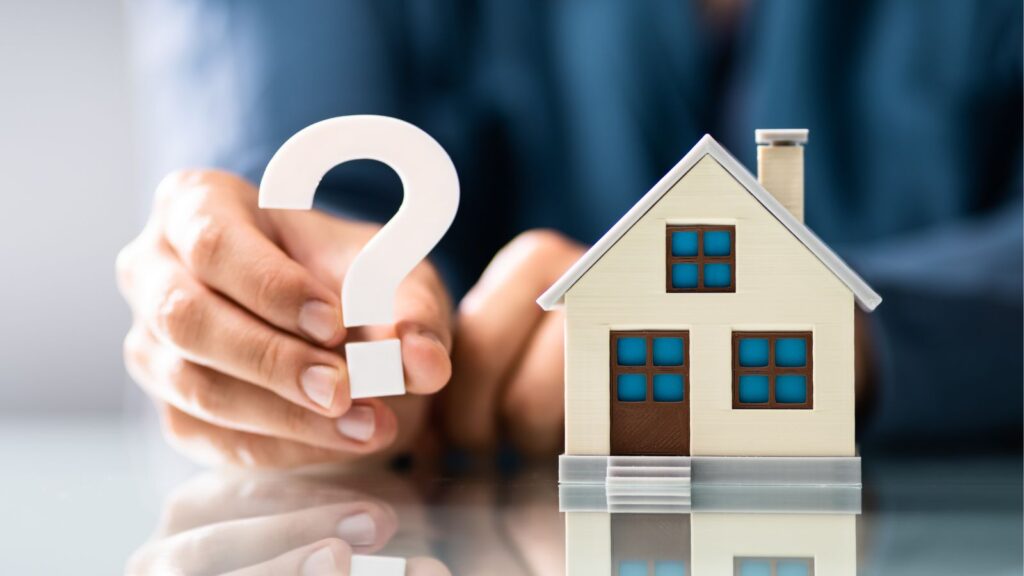Buying a house is one of the most significant investments you’ll ever make, and knowing what to look for can make all the difference. Every homebuyer has unique priorities, but certain factors should always be on your radar to ensure you make a sound decision. From location and layout to future resale value, each aspect plays a role in determining whether a house is truly the right fit. Evaluating these elements carefully helps avoid costly mistakes and ensures your new home meets immediate needs and long-term goals.

Location and Neighborhood
The location of a home impacts daily life more than almost any other factor. A great house in a less-than-ideal neighborhood may not provide the lifestyle or resale value you want. Start by assessing the surrounding area, including proximity to work, schools, shopping, and recreational options. A shorter commute can improve quality of life, while easy access to essential services adds convenience.
School districts matter even if you don’t have children, as homes in sought-after school zones tend to hold their value better. Research crime rates, future development plans, and overall neighborhood appeal. Walk or drive through at different times of day to get a true feel for the community. Friendly neighbors, well-maintained properties, and minimal noise pollution contribute to a positive living environment.
Consider how the neighborhood may evolve over time. New businesses, infrastructure projects, or zoning changes can either enhance or reduce property values. A location with strong growth potential can be a smart investment. Homeowners should also factor in property taxes, HOA fees, and any neighborhood restrictions before making a final decision. A house can be renovated, but its location is permanent—choosing wisely ensures long-term satisfaction.
Home Layout and Size
The size and layout of a home determine how functional and comfortable it will be. A house may look perfect at first glance, but if the floor plan doesn’t suit your lifestyle, it could lead to frustration over time. Open-concept designs appeal to those who enjoy entertaining, while more traditional layouts offer privacy and separation between living areas.
Consider how many bedrooms and bathrooms are necessary to accommodate your household. If you work from home, a dedicated office space may be essential. Storage is another key factor—ample closets, a well-organized kitchen, and a functional garage can enhance day-to-day living. Features like a laundry room, mudroom, or pantry add convenience, making the home more enjoyable in the long run.
Think about future needs as well. A growing family may require additional space while downsizing later in life could make a smaller home more practical. If aging in place is a concern, single-story homes with fewer stairs can be a wise choice. The usability of outdoor areas also matters, especially for those who enjoy gardening, entertaining, or pets. A well-designed home maximizes both space and comfort, ensuring it remains a good fit for years to come.
Condition and Age of the Home
A home’s condition affects its livability and long-term maintenance costs. Older homes often have character and charm, but they may also have aging systems that require frequent repairs. A newer home, on the other hand, may offer modern features and energy efficiency, but construction quality should still be evaluated carefully.
Start by thoroughly inspecting major systems, including the roof, plumbing, electrical, and HVAC. Replacing or repairing these components can be expensive, so understanding their current condition is essential. Look for signs of structural issues, such as cracks in the foundation, uneven floors, or water damage. If updates are needed, even cosmetic concerns, like outdated fixtures or worn flooring, should be factored into your budget.
Energy efficiency is another consideration. Well-insulated walls, updated windows, and energy-efficient appliances can lower utility bills and improve comfort. Ask about the age of major appliances and whether warranties are still in place. Even if a home appears move-in ready, a professional home inspection is a must to uncover any hidden problems. A property in good condition reduces unexpected costs and provides greater peace of mind after purchase.
Resale Value and Market Trends
Even if you plan to stay in a home for many years, considering its resale value is a smart financial move. Market conditions can change, and a well-chosen home will hold its value better over time. Factors such as location, school districts, and neighborhood desirability all contribute to long-term appreciation.
Look at recent home sales in the area to get a sense of pricing trends. A strong local market with steady demand is a positive sign, while areas with declining values may pose a risk. Unique or highly customized homes can be harder to sell later, so balance personal preferences with broad appeal. Homes with flexible spaces, modern updates, and neutral designs tend to attract more buyers when it’s time to sell.
Consider the potential for home improvements to increase value. Kitchen and bathroom renovations typically offer strong returns, while outdoor enhancements like landscaping or a well-maintained deck can add curb appeal. Avoid homes that may be difficult to resell due to undesirable locations, poor layouts, or extensive repair needs. A property with strong resale potential ensures flexibility for the future, whether upgrading, downsizing, or relocating.
Home Inspection and Hidden Costs
A home purchase involves more than just the listing price. Additional costs can arise, and understanding them beforehand helps prevent surprises. A professional home inspection is one of the most important steps in the buying process, providing a clear picture of a property’s true condition. Issues such as mold, foundation damage, or outdated wiring can lead to costly repairs if overlooked.
Beyond the inspection, consider closing costs, property taxes, and homeowner’s insurance. HOA fees may also apply, adding to monthly expenses. Utility costs should be reviewed, as older homes with inefficient systems can lead to higher bills. Maintenance costs, from routine lawn care to potential repairs, should also be factored into the budget.
Renovations or cosmetic updates can add to expenses. Flooring replacements, fresh paint, or kitchen upgrades may be necessary to make the home truly comfortable. While some buyers prefer move-in-ready homes, others are willing to take on projects if the price reflects needed updates. Understanding all costs involved ensures a financially sound decision without unexpected financial strain.
Financing and Loan Options
Understanding financing options is crucial when purchasing a home. The type of loan you choose, the down payment amount, and your credit score all impact affordability. Exploring different mortgage programs can help you find the best fit for your financial situation.
Conventional loans often require higher credit scores and larger down payments, while FHA loans offer lower down payment options for buyers with less upfront cash. VA loans provide benefits for eligible military members, and USDA loans assist buyers in rural areas. Each loan type has its own requirements, interest rates, and terms.
Beyond the mortgage, factor in pre-approval, interest rates, and loan closing costs. A pre-approval letter strengthens your offer and helps you determine a realistic budget. Understanding total monthly costs, including principal, interest, taxes, and insurance, ensures affordability. Consulting with a lender before house hunting helps clarify financial options and ensures a smooth buying process.
Personal Preferences and Lifestyle Fit
A house should align with both practical needs and lifestyle preferences. Beyond structural and financial considerations, it’s important to choose a home that complements daily routines and long-term goals. The surrounding environment, available amenities, and overall atmosphere contribute to whether a house feels like home.
Proximity to parks, trails, or water features may be important for those who value outdoor activities. If dining, shopping, or entertainment options are priorities, a home in a vibrant urban setting could be ideal. Quiet neighborhoods may appeal to those seeking a more relaxed pace, while active communities with social events may be preferred by others.
Consider commute times, accessibility to essential services, and any specific lifestyle needs. A home that suits current routines while allowing for future changes ensures long-term satisfaction. While compromises are sometimes necessary, prioritizing features that enhance daily life leads to a more rewarding homeownership experience.
Taking the Next Step in Your Home Search
Making the right decision when buying a home requires careful consideration of multiple factors. Evaluating location, layout, condition, market trends, and costs ensures a smart investment that aligns with both current and future needs. A home should provide comfort, functionality, and financial security over time. When you’re ready to find the right home, reach out to discuss your options and take the next step in the buying process.







